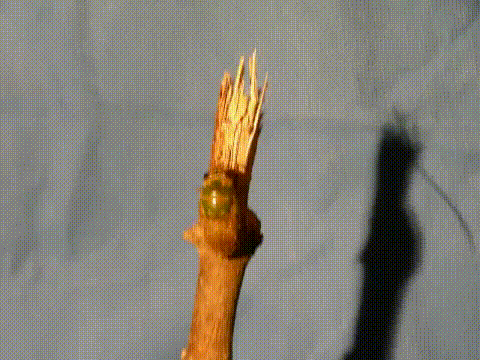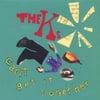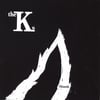Randolph set
down his magnifying glass and closed his eyes.
How could this be? The timing of
all of the other broods had matched the predictions exactly. Even the geographic distribution had been
spot on. And yet there on his desk sat
living refutation of all of his work.
Cicadas simply didn’t work this way – singletons didn't survive. And this cicada had been one of thousands
reported throughout Central Park. In the
middle of October, no less.
He flipped
back through the logs. Even something as
basic as the temperature didn’t make any sense.
The soil was too cold for nymphs to become active. Even if there was a brood that was
completely out of synch with the rest, it shouldn't--
He sat back
suddenly. Hard data on the eastern
broods went back about a hundred years.
Anecdotal evidence from newspapers and almanacs was good for fifty more. What if he went farther back? What was it Balachandran had said about
temperature cycles at the Ipswich conference?
He'd been going on about periodicity in the Little Ice Age, but the time
scales were way outside of the range of cicada dormancy.
He brought
Balachandran's paper up on his screen.
Figure 12 was fairly compelling – major and minor sets of temperature
oscillations, quite regular. The minor
sets came just over a century apart, with the major swing happening about every
660 years. That put the next big dip at
about the present day. Of course, that
could be offset by the radical change in atmospheric concentrations of carbon
dioxide over the past hundred years. But
adjusting for that, late springtime temperatures during the dip would be most
closely approximated by the temperatures of . . . October. October of 2015 would feel very much like May
of 1350. That would be a long dormancy
indeed. Interesting.
Out of
curiosity, he pulled up a page on global history during the 14th century. Not much in the Americas, but Europe was
another story altogether. What would the
geographic distribution of a 650-year brood be like, he wondered.
When the
first buboes started forming in his armpits and groin, he had a fairly good
idea.

--Steve Kilian





No comments:
Post a Comment